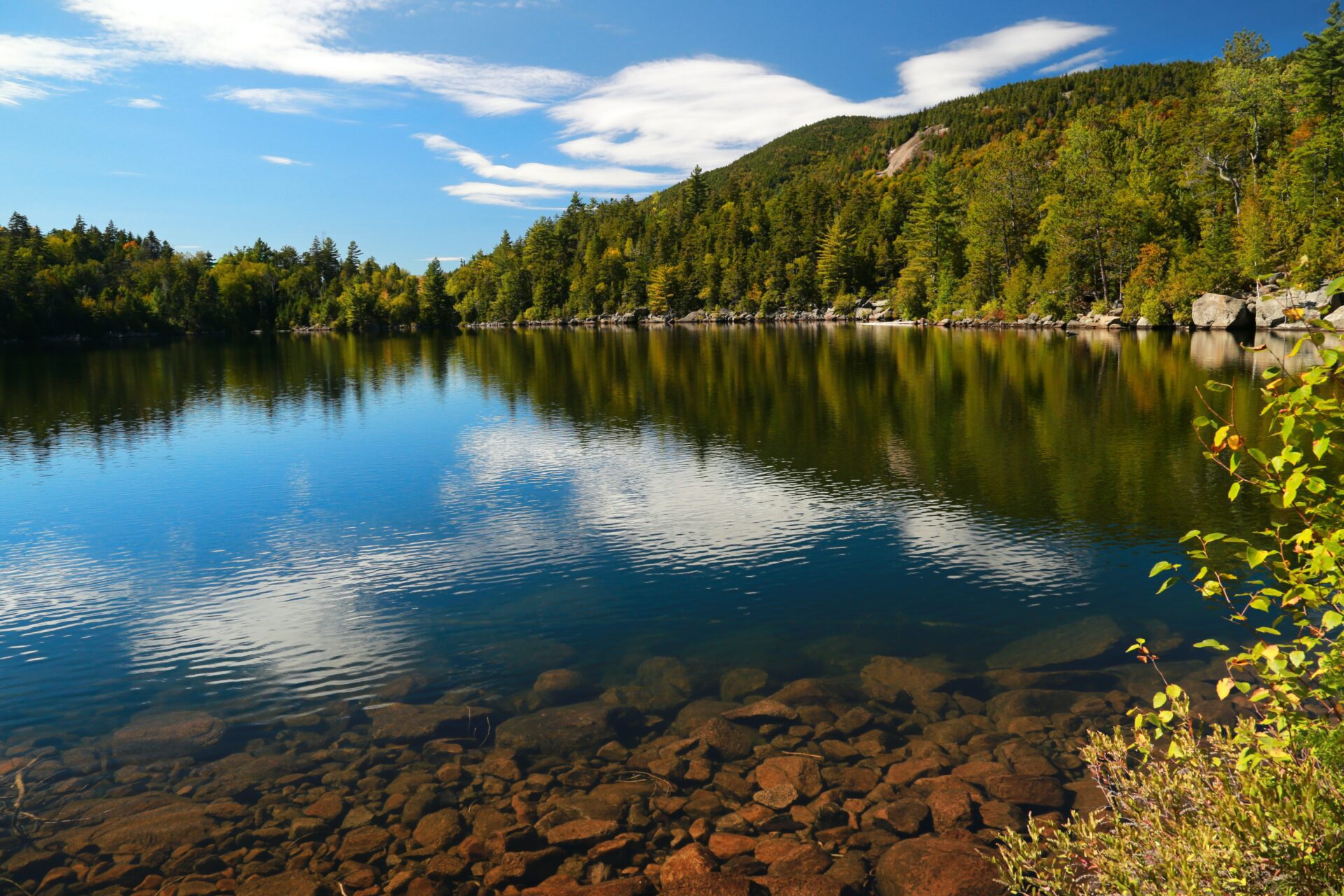
Adirondack Environment
Within the millions of acres of protected land, scientists are studying our changing environment. We, too, have been following these changes: The emergence of invasive species that threaten the health of our trees and waters. The shifts in migrating birds returning to the Adirondacks. And the return of moose, wolves and other mammals.
The thread that weaves through all our reporting is the balance between the man-made environment and the natural world. That plays out with debates around how to manage the close-to 3 million acres of state-owned land in the Adirondack Park.
Dams: An investigation

A look at the park’s aging dams
Explorer investigation spotlights safety needs of Adirondack dams
Explorer investigation spotlights safety needs of Adirondack structures
Do dams belong in places meant to be ‘untrammeled by man?’
Old dams present inherent tension in wilderness areas
Can dams weather climate change?
Dams have historically helped create drinking water, power and food. In an era of a warming planet, dams could create havoc.
Hard-earned lessons to improve dam safety
Sometimes it takes a disaster to get the policy gears in motion
DIVE DEEP INTO ADIRONDACK ISSUES
Subscribe to receive 7 issues of Adirondack Explorer delivered to your mailbox and/or inbox
WATER QUALITY

Minerva Lake may need ‘spot’ use of ProcellaCOR
APA staff suggest taking over certain herbicide approvals, bringing fewer to the board

Lake George Land Conservancy launches campaign to conserve 1,200 acres
Project includes preserving 517 acres on Pilot Knob and around 700 acres in Bolton

‘Envirothon’ gets students out of the classroom and into the woods
Students draw on knowledge of Adirondack Park in annual science competition

St. Armand to buy Paul Smith’s College land that holds town’s water supply
Long history of divided ownership over Bloomingdale water supply could wrap for $300,000
CLIMATE CHANGE

State recognizes Jay for climate work
Adirondack town reduces carbon footprint with energy efficient upgrades, achieves bronze status in Climate Smart Communities program

Mobile emergency operations center to support Adirondack communities
Paul Smith's College students design mobile emergency unit that will be used for training and real-life situations

New York’s Climate Change Superfund Act on Trump’s hit list
“There’s no legal basis for what they’re trying to do,” said one legal expert.

Flooding, housing, energy-efficiency rise to top of North Country residents’ climate concerns
Findings revealed at annual Adirondack Climate Conference
WILDLIFE

The moose that won’t move: DEC closes Goodman Mt. trail after bull moose settles in
State officials closed the trail for now, citing safety concerns for both hikers and the animal

Lawmakers seek answers on wolves’ presence in New York
Wolf sightings in NY spark legislative push for increased DNA testing

Blackpoll warbler: ‘nature’s hearing test’
Learn more about the hard-to-track blackpoll warbler and how to spot it in the Adirondacks

Plan aims to preserve Adirondack brook trout fisheries
Adirondack brook trout face numerous threats, but DEC's new management plan offers hope for preserving the species
INVASIVE SPECIES

Red pine scale found in Lake George: What you need to know
Public asked to be on lookout for dead red pine trees in Adirondacks caused by invasive insect

ProcellaCOR herbicide use expanded to more Adirondack waters in 2024
Lake George sees first chemical management of invasive plants as herbicide use grows across Adirondack waters

New director on the ‘never-ending’ fight against invasive species in the Adirondack Park
Brian Greene discusses the challenges facing Adirondack Park as it loses its natural defenses against invasive species, emphasizing the role of herbicides in future conservation efforts

Adirondack Rail Trail users invited to join the fight against invasive plants
Visitors encouraged to use 'Play, Clean, Go' approach to stopping the spread
ENVIRONMENTAL BOND ACTS

New state website tracks $4.2B environmental bond spending
Interactive map shows projects funded by bond act and what funds are still available.

Lawmakers double down on clean water funding
Lawmakers on both sides of the aisle shared frustrations with the governor’s $250 million clean water cut.

Adirondacks absent from 1st round of $4B bond act awards
Money from a $4.2 billion environmental bond act voters passed last fall is starting to flow, but so far, not to the Adirondacks.

Breaking down the bond act
The state is drafting criteria for spending from the $4.2 billion Clean Water, Clean Air and Green Jobs Environmental Bond Act.

Adirondacks absent from 1st round of $4B bond act awards
Money from a $4.2 billion environmental bond act voters passed last fall is starting to flow, but so far, not to the Adirondacks.

2022 Explored: New York’s environmental bond acts
Nearly 60% of New York voters authorized the state to borrow $4.2 billion for an environmental bond act, the first such act since 1996.

1996 Bond Act lookback: Adirondack land conservation
How $150 million from the 1996 Environmental Bond Act was used for open space and farmland protection

With an environmental bond act before voters, a look back to 1996
New York voters will decide on unprecedented state debt for environmental projects, something they have not been asked to do in 26 years.